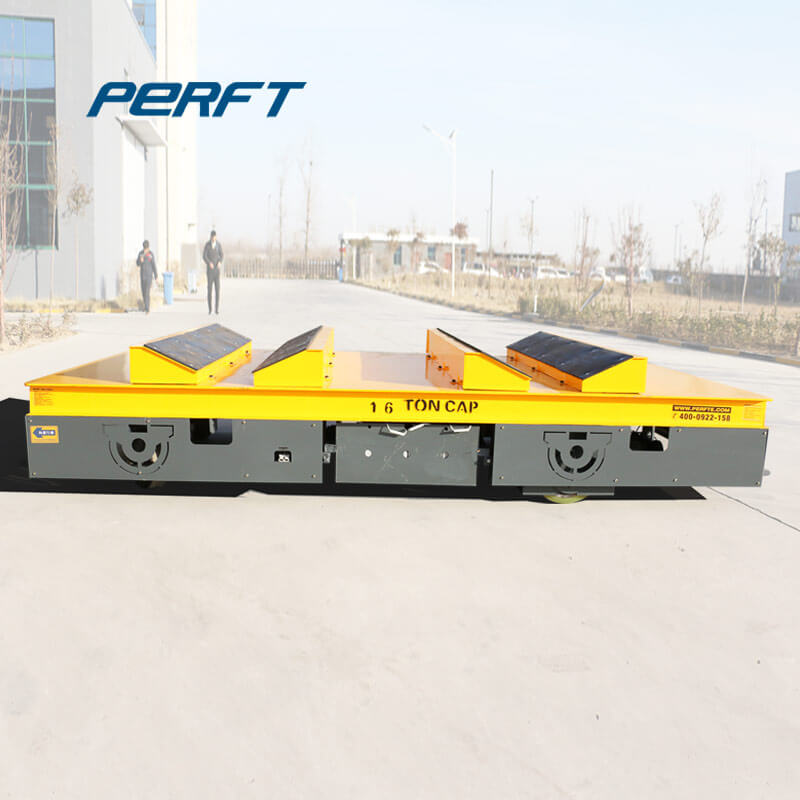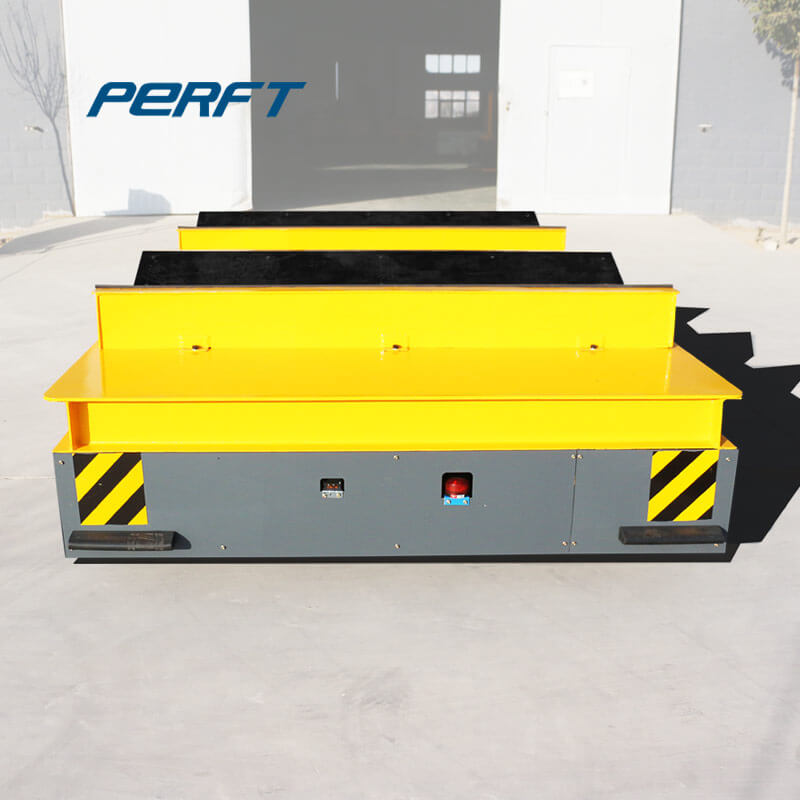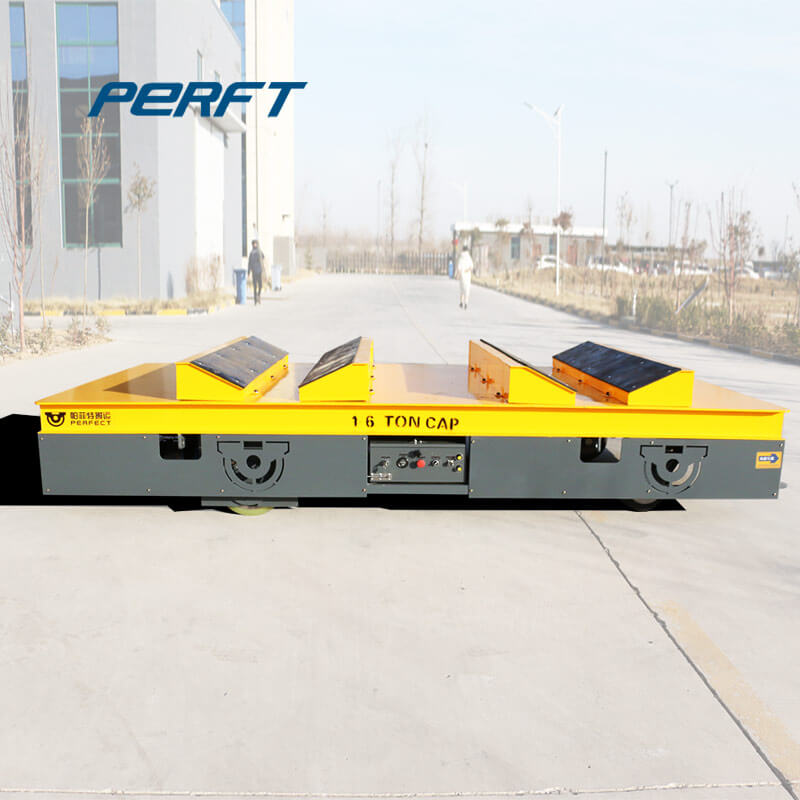








Common Bulk Chemicals • Ferric Chloride – FeCl3 • Ferrous Chloride – FeCl2 • Aluminum Sulfate – Al2(SO4)3 • Sodium Bisulfite – NaHSO3 • Sodium Hypochlorite – NaOCl • Caustic Soda – NaOH http://webbook.nist.gov/chemistry/cas-ser.html
2. One number self propelled Steel teeming ladle transfer car for each BOF – Two Wheel Drive – Load capacity 250 Ton and travel speed 50 m / min. 3. One number of platform car for Teeming ladle / slag pot – Load capacity 250 tons – Travel speed 30 Mtr 4.
Excessive amounts of Car-sul can lead to operating problems in the acid plant. Dustbind “S”, produced by Raisio, has been used successfully as a dust suppressant in sulphur handling. The application of dust suppressant is usually done at transfer points within the sulphur handing system where the possibility of the dust becoming airborne is the greatest.
C.I.B. is since a long time specialized in manufacturing of steel plant equipment. For all the steel plant equipment transfer cars, C.I.B. avails itself of consultant engineers for calculation, basic and detail engineering, in order to deliver to the client the complete manufactured product with also structural, hydraulic and electric design.
Pig iron, also known as crude iron, is an intermediate product of the iron industry in the production of steel which is obtained by smelting iron ore in a blast furnace. Pig iron has a very high carbon content, typically 3.8–4.7%, [1] along with silica and other constituents of dross , which makes it very brittle and not useful directly as a material except for limited applications.
in-plant transfer system. Optimum hopper truck pick-up air velocity is 4,500 feet per minute (fpm). The most common in-plant transfer system is a dilute-phase system. Dilute-phase systems are sometimes called “stream-flow conveying.” A high-enough air and a
Joe® valves with heavy duty steel and stainless steel internal parts. Type G201 has a built-in flow indicator and could take the place of the sight flow indicators. Another option is the internal valve where the 20 feet (6,1 m) lineal piping distance can be met. Some
a common, industry-wide approach for delivering bulk cementitious products efficiently and safely into premixed concrete plant silos while minimising the risk of product contamination, spillage, equipment damage or environmental harm. 4. REFERENCED
Battery Powered Motorized Trackless Transfer Cart for Steel Plant on Cement Floor FOB Price: US $5,500-6,000 / Set Min. Order: 1 Set
Corken offers five sizes of vertical, single-stage compressors (Models 91, 291, 491, 691, and 891) for LPG/NH. 3. applications. The compressors are available with threaded NPT or Class 300 RF flanged connections and cover a full range of capacities ranging from 4.1 to 117 cfm (7.0 to 198.8 m3/hr) of liquid transfer.
7/5/2014 · Both needs are addressed with Dorner’s new series of flexible chain conveyors that incorporate powered micro pitch transfer modules that accommodate half-inch gaps at transfer points. Instead of a matt top, the 300 series stainless belt is linked together on a center column that delivers a 600-lb. load capacity and a tighter turning radius.
McGill Hose & Coupling specializes in rigid and flexible piping components to support our customers’ pneumatic and dry bulk conveying operations for in-plant, rail car, or truck transfer applications. Our standard sizes range from 1 ½” to 8” in steel, aluminum and stainless steel. Custom fabrications, materials and sizes are also available.
PEB Steel provides effective pre-engineered steel building solutions for multi-story residential buildings. The combination of ASTM-standard high tensile steel and concrete structures contributes to speeding up the construction and creating great versatility in architecture.
may be performed in the hot metal transfer (torpedo) car at a location between the blast furnace and basic oxygen furnace (BOF), or it may be done in the hot metal transfer (torpedo) ladle at a station inside the BOF shop. The most common reagents are2 (CaCO
nary iron or steel pressure vessels. In the early 1900s, chlorine was produced in mercury and diaphragm electrolytic cells and shipped in liquid form as a matter of course. A modern chlorine industry had formed. By 1913, the first permanent liquid chlorine water